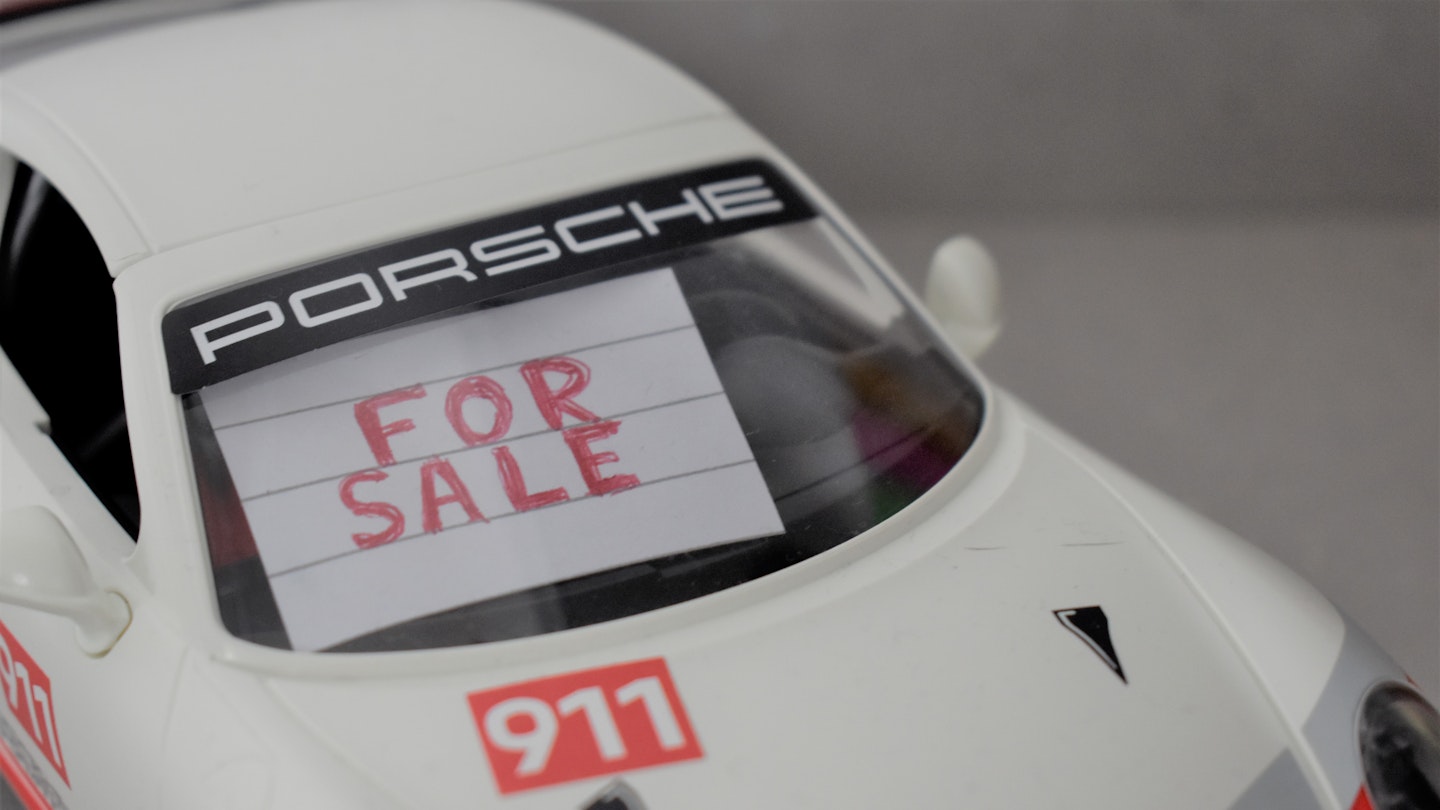Dodgy used cars still exist, believe it or not. The days of Boycie's discount Ford Capris and Austins built mainly of papier-mâché may seem to have gone but as recently as 2012, Citizens Advice found that £55 million was spent on dodgy used cars in the UK.
RELATED: Used car tests
And used cars can be a really mixed bag. From immaculately preserved city cars driven by OAPs to dubiously maintained PCP Mercs running budget tyres, all can look identically well preserved in the classified.
Your best bet is to invest in some kit to find the truth and save yourself a future of problems and a shed load of cash. We've spoken to our car-buying colleagues to find the essential kit you should bring to every used car viewing.
Bodywork
There are two basic things you'll need for inspecting bodywork; lighting and magnetism.
Lighting will help you spot dents and signs of corrosion so it's worth looking at the car during daylight and investing in some extra lighting for inspecting the sills and inside the wheel arches.
Magnets will help spot signs of filler. If the car you're viewing is made of steel, a magnet can be sued to find where is nice strong metal, and where has been filled with filler (indicating crash damage or rust).
Top tip: Don't put a bare magnet on the paintwork as it could damage the paintwork.
Best tool for bodywork

Our favourite inspection lamp currently on sale is this model from Sealey. A nice compact design that doesn't scrimp on power thanks to 12 SMD LEDs, this lamp is a great tool in general and is particularly useful for buying used cars. It combines both lighting and magnets (three in total) for one easy to use tool for inspecting bodywork.
Durable lighting
If an inspection lamp isn't what you're after, a good quality torch can suffice. This torch from Energizer boasts a powerful LED beam, is compact in size and is durable. While it won't be good for sniffing out filler, it is good for inspecting for rust and dents.
Find that filler

A magnet like this may look more suited to a cartoon than a used car deal but bear with us, a horseshoe magnet is a clever idea. It's not too powerful and is easy to hold which makes it ideal for checking for filler. Just remember to cover the ends so you don't scratch the paint.
Keep your knees in working order
Serial used car buyer (over 180) Richard Kilpatrick's suggestion for buying a car is to have some knee pads for inspecting the underside of a car. Your inspection shouldn't stop because of sore knees, the underside of a used car can hide a lot of potentially nasty damage and a simple set could save you a lot of money. These knee pads from DeWalt are of excellent quality thanks to a closed-cell foam construction and are designed for builders meaning they should cope with some gravel or asphalt easily.
Interior

The interior should feel sturdy when you have a feel about. Check for squeaks and rattles (especially on the test drive) because those noises can cause insanity over time.
As for the electrics, the best thing to do is simply press the buttons and see if the corresponding feature works. Some larger electrical items can be incredibly expensive to put right (like a HVAC unit) so be double-check everything.
Top tip: Give the interior a good whiff, a good air freshener won't mask a putrid smell completely
Tyres
Tyres are obviously a crucial part of any used car purchase. Make sure to check the tread depth, expiration date and check the pressure too. The last thing you'll want is a hefty bill for fresh rubber after buying the car.
Tyre tread checker

A simple bit of kit that's handy to have at all times, this device will check your tyre tread depth to ensure you stay on the correct side of the law and safety.
Check the pressure is correct

Tyre pressure is important for safety and reduced fuel bills. Make sure the car your buying has proper tyre pressure (and ensure there's no slow puncture) with this reliable gauge from the AA.
Engine
The final area you should look at is possibly the most important. A problem here could easily cost thousands depending on the car so don't be afraid to get a bit dirty and have a good nose about here. Our friends over at Parkers have an excellent checklist for checks right here.
Avoid oily hands
Your hands will get dirty if you start routing about in the engine bay of your future pride and joy so it's a good idea to bring some disposable gloves with you. These are silicone-free and so shouldn't leave any smudges on glass or metal.
Check for engine faults easily
All cars produced after 2001 have a standardised OBD-II port which you can plug a scanner into. This will show any errors with the car and can be handy for finding any gremlins before you hand over your money. This one from Foseal is good value and well made.



